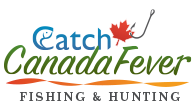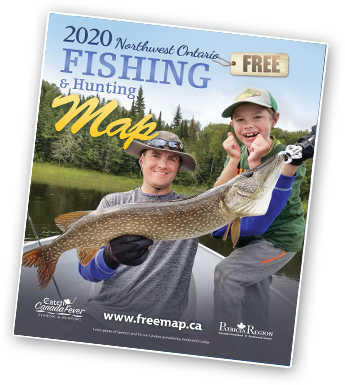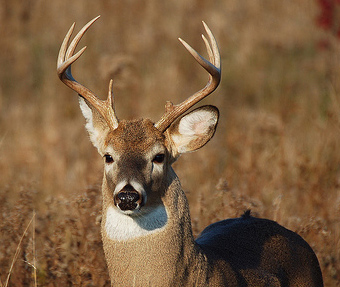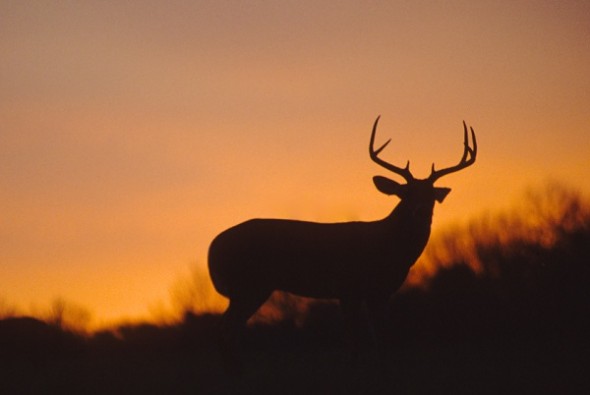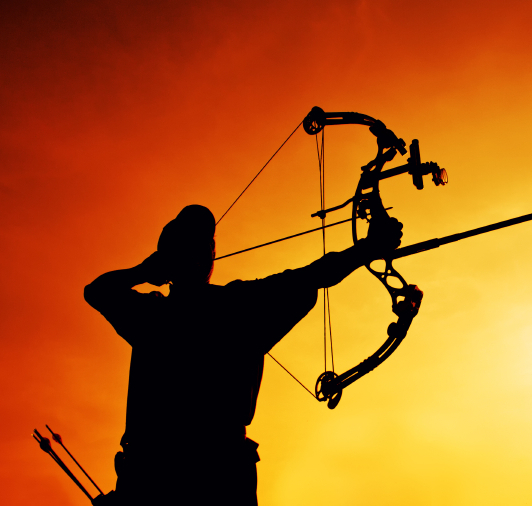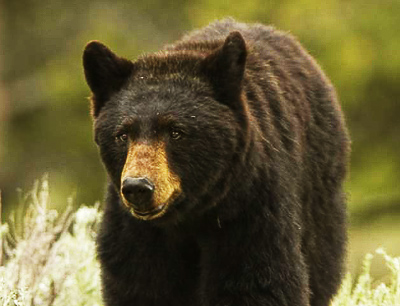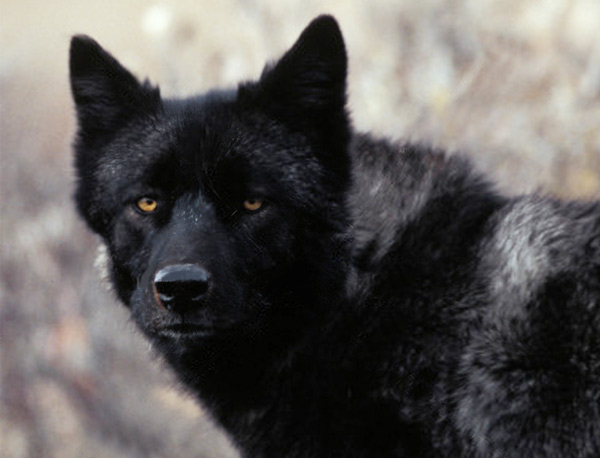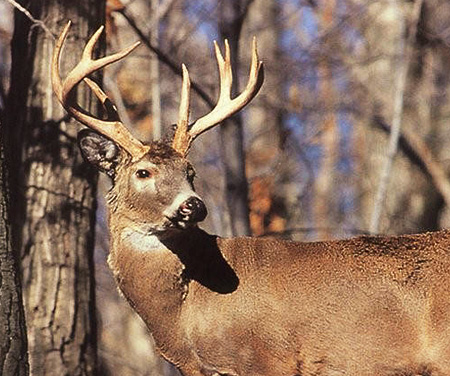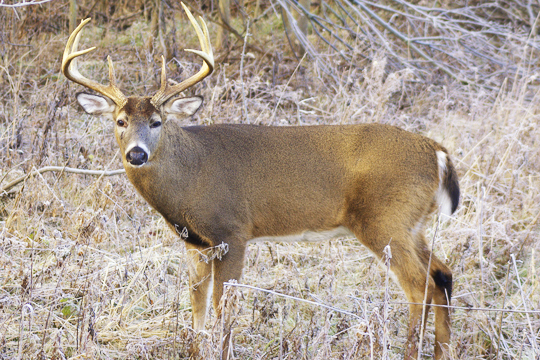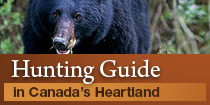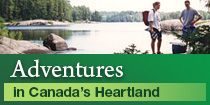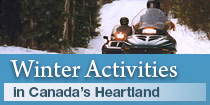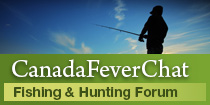The Perfect Scenario
Imagine this. You’re up in a tree stand waiting for the perfect buck to fall prey to your decoy. You woke up early, hauled your decoy through the bush, and got set up. Now you’re ready for some deer to start coming into the area. You let out a call, and wait a little bit longer. Finally, a big buck comes out of the bush towards your decoy. He grunts, and stares it down. You begin lining up your shot, waiting for the perfect moment. He hoofs at the ground, and you know this is your chance. You take the shot, and the buck is yours.
Learn the basics
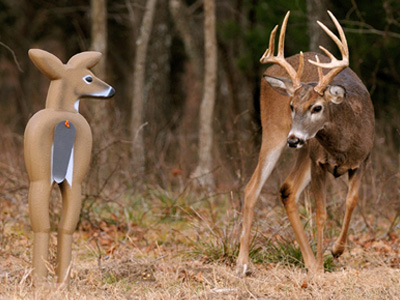 Deer decoying is a great way to draw a deer in close without putting his attention on you. It sounds simple enough – put up a few deer decoy, and wait. With the deer being distracted, you have the chance to get ready for the perfect shot. But there is a lot more that goes into deer decoying than meets the eye. When done properly, deer decoying can lure in bucks and occasionally does. However, if it is done incorrectly, it can scare away many deer at once and potentially keep them from returning. That is why it is important to know which decoy to use, how to prepare it, and where to set it up.
Deer decoying is a great way to draw a deer in close without putting his attention on you. It sounds simple enough – put up a few deer decoy, and wait. With the deer being distracted, you have the chance to get ready for the perfect shot. But there is a lot more that goes into deer decoying than meets the eye. When done properly, deer decoying can lure in bucks and occasionally does. However, if it is done incorrectly, it can scare away many deer at once and potentially keep them from returning. That is why it is important to know which decoy to use, how to prepare it, and where to set it up.
Doe, buck or fawn decoy?
There are several factors that go into deciding what type of decoy you’ll use. The main factors are the time of year you will be using the decoy, and what you want to attract. Bucks are attracted to both doe and buck decoys. does, on the other hand, are more cautious of decoys in general and respond best to doe or fawn decoys. Hunting season can be diving into five sections: Early season, Pre-rut, rut, post-rut and late season. If you are trying to attract a buck it is best to use a buck in early season, a doe pre-rut, a buck or doe during the rut, a doe post-rut and either a buck or doe in the late season. Decoying for buck is most effective during the pre-rut, rut and post-rut seasons. If you are trying to attract a doe, in early season use a fawn, a fawn or doe pre-rut, and a doe during the rut, post-rut and late season. Decoying for does works best in the early season.
2D/3D Decoys
There are a couple different kind of decoys. 2-D decoys, are made of a stiff paper or something similar. They are easily transportable, and can be folded up and carried out for short trips. Once they are set up, they are also good to hide behind and call while waiting. Although, this technique can be dangerous because the deer may run right towards the decoy. Three dimensional decoys have definite advantages over the two-dimensional decoys. Although they are less transportable, due to size and not weight, they come in a variety of poses and are viewable from any angle by a deer. Another option is a partial body decoy. These decoys are made to look like a deer that is laying. It is small enough to transport easily, and also viewable from all angles. It can be placed on a bush or something similar to imitate a standing deer as well. The only con, is that the low-profile may be difficult for deer to spot.
Preparing your decoy
Now that you know which decoy will be best for your hunt, you need to know how to prepare it to avoid spooking deer and maximize your results. First, ensure that the decoy is completely scent free. If the decoy has a human scent or otherwise, it will scare away any deer. Spray the decoy with scent elimination spray before assembling all of the pieces. If you are using a new decoy, it will likely have a plastic smell. If it still smells after spraying it down, leave it outside for a couple of days and spray it again with the spray. Once your decoy is scent free, set it up in the location of your choice. Wear gloves to eliminate transferring human scent. Once the decoy is set up, respray it with the scent elimination spray. Then, use a deer urine scent. Do not put the scent directly on the decoy. Instead, use it nearby on some grass or brush. If you are using a buck decoy, use buck urine. If you are using a doe decoy, use doe urine.
Placing your decoy
With your scent-free decoy ready for the hunt, it is time to set it up and get in position to wait. But just where exactly should you set up your decoy? Deer decoys should be set up downwind of you. This will encourage the deer to go around the decoy to catch a scent, and then come towards you as he gets a better look. You want the decoy to be highly visible to any deer, so place it in an open area. Many hunters place their decoy on the edge of of a field, where bucks will pass by looking for does. If you have a buck decoy, set it up so that you are viewing it’s side, or turned so it is facing you. A buck will likely approach the decoy from the front, wanting to challenge it. This will hopefully give you the best possible shot at his lungs, the kill shot. If you are using a doe decoy, it should be facing away from you, slightly turned to either side on an angle. Since ideally you will be using your decoy during the rutting season, the buck will likely approach the decoy from behind, as they do to most does during the rut.
Using a decoy can be a very effective technique for hunting when used correctly and done properly. With the right decoy and placement, you can lure in the big buck you’ve been dreaming of.
Tips for using a deer decoy:
-Put feathers on the decoy’s ears or tail to make your decoy look more realistic. Deer can be cautious of decoys because of how still they stand, and the feathers will add movement.
-You can also purchase “tail-waggers” which can be put on or near the deer to make it look more realistic and imitate movement
-If you are using a buck decoy, use one with a small rack. Bucks are more likely to challenge other bucks with smaller racks.
-Multiple decoys can be used at once, or combinations such as buck and doe, several does, or a doe and fawn.
-Decoys work best with bucks, as does are more cautious and likely to be scared off. It is most effective to use decoys when the deer population in your area has more bucks than does.
-Shake, rattle and call when using your deer decoy
-It is best to decoy in the morning

